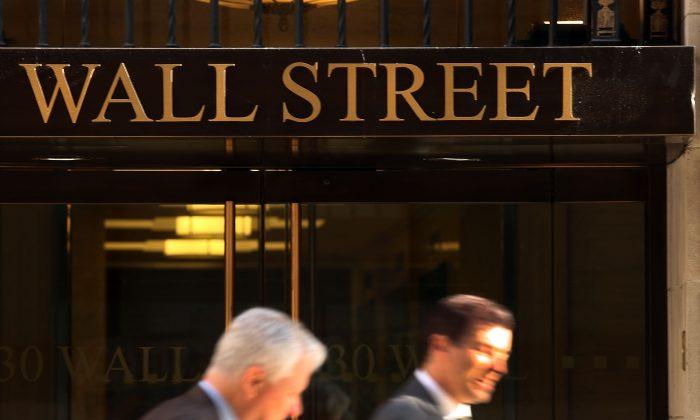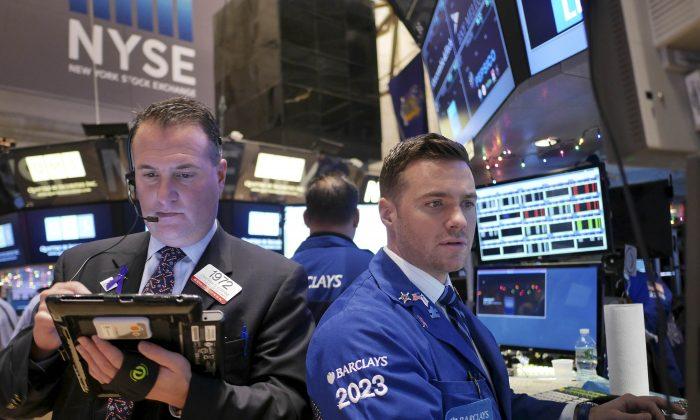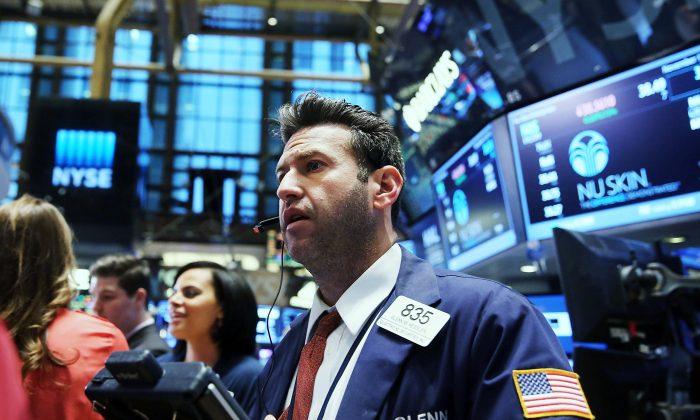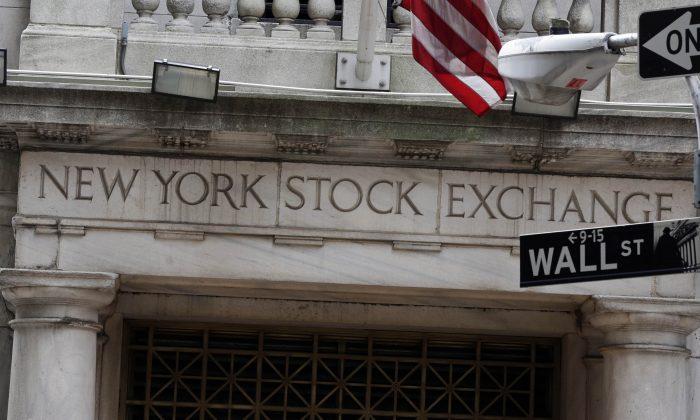A slump in energy stocks stymied a rebound in U.S. indexes Tuesday as the price of oil plunged the most in two years.
The decline in oil prices followed forecasts for weaker global demand this year and next, a sign of slowing economic growth. Chevron fell 2 percent, helping to drag down the Dow Jones industrial average in the waning moments of trading.
Even so, corporate earnings provided some encouragement to investors, helping to close the gap on losses after a three-day slump.
Domino’s Pizza, Citigroup and Johnson & Johnson reported results that were better than analysts were expecting. The market also got a boost from airline stocks, which rebounded after sliding the day before.
The modest rally provided a breather for investors. The Standard & Poor’s 500 index has fallen 6.7 percent since hitting a record high on Sept. 18. Investors are worried that economies in Europe and Asia might be slowing.
“The bank earnings this morning certainly made people feel a little bit better,” said Joe Peta, managing director at Novus Partners. “For the time being, at least, the panic selling is over.”
The major stock indexes remained in positive territory until the last hour of trading, when they began to fade, threatening to deliver the second last-minute slide in two days.
By the end of the day, the Dow Jones industrial average had lost 5.88 points, or 0.04 percent, to 16,315.19. The S&P 500 index added 2.96 points, or 0.2 percent, to 1,877.70.
The Nasdaq rose 13.52 points, or 0.3 percent, to 4,227.17.
Six of the 10 sectors in the S&P 500 rose, led by industrials, which gained 1.3 percent. Energy fell the most, 1.2 percent.
The Dow went negative for the year on Friday. It’s now down 1.6 percent for 2014 and 5.6 percent below its September peak. The S&P 500 index is up 1.6 percent for the year.
Six of the 10 sectors in the S&P 500 rose, with industrial stocks posting the biggest gain at 1.3 percent. Energy stocks fell the most, sliding 1.2 percent.
Several major banks kicked off the third-quarter corporate earnings season.
JPMorgan Chase returned to a profit, but missed Wall Street’s expectations. The stock fell 17 cents, or 0.3 percent, to $57.99. Wells Fargo’s earnings matched analysts’ expectations, while Citigroup’s results came in better than expected. Wells Fargo fell $1.37, or 2.7 percent, to $48.83. Citigroup rose $1.57, or 3.1 percent, to $51.47.
Domino’s Pizza jumped 11.3 percent on better-than-expected earnings and revenue. The pizza delivery chain operator’s stock rose $8.58 to $84.30.
Several airline stocks surged a day after the sector got pummeled amid mounting worries that the Ebola virus outbreak could curb travel spending. Delta jumped $1.89, or 6.1 percent, to $32.79, while Southwest climbed $1.12, or 3.9 percent, to $30. American Airlines Group gained $2.93, or 10.3 percent, to $31.51.
Johnson & Johnson raised its 2014 earnings outlook, partly due to revenue gains from its new blockbuster hepatitis C drug. But shares in the world’s biggest health care products maker slipped 2.1 percent as investors worried about looming competition for the drug. The stock shed $2.11 to $97.01.
“The earnings are sufficiently good to justify a higher close on today’s market, however the market is a forward looking mechanism and what I think the market is concerned about is a gravitational pull downward due to slower global growth, particularly from Europe,” said Jim Russell, senior US equities strategist at USBank.
The price of oil suffered its biggest drop in nearly two years after the International Energy Agency reduced its forecast for demand for this year and 2015.
Benchmark U.S. crude fell $3.90 to close at $81.84 a barrel on the New York Mercantile Exchange. That was the biggest drop since November of 2012, and it’s the lowest closing price since June of 2012.
Brent crude, a benchmark for international oils used by many U.S. refineries, fell $3.85 to close at $85.04 on the ICE Futures exchange in London. Brent is at its lowest level since November of 2010.
In metals trading, gold rose $4.30 to $1,234.30 an ounce, silver rose six cents to $17.40 an ounce and copper rose five cents to $3.09 a pound.
Bond prices rose. The yield on the 10-year Treasury note fell to 2.20 percent.
From The Associated Press. AP Business Writer Elaine Kurtenbach in Tokyo contributed to this report.





Friends Read Free